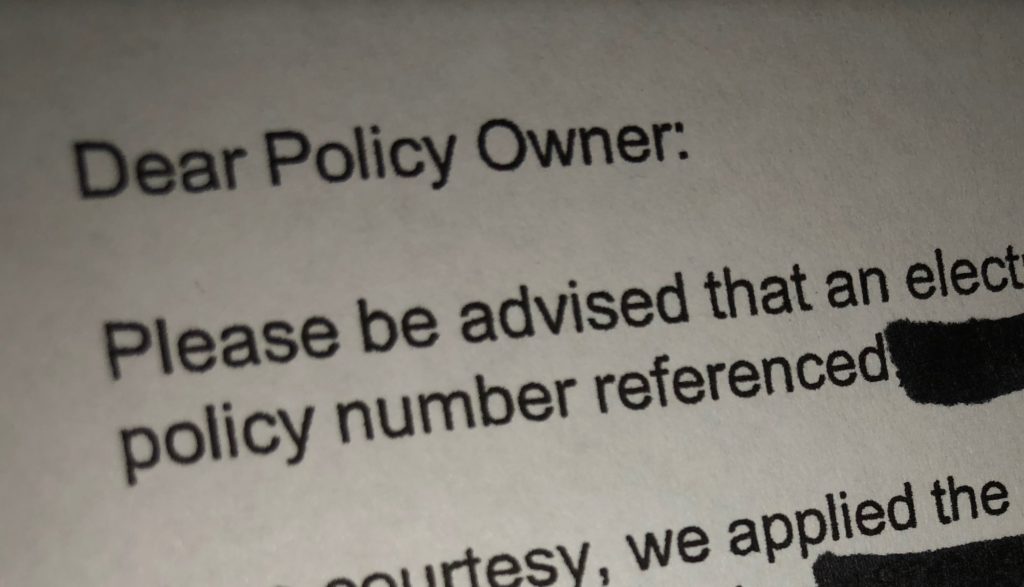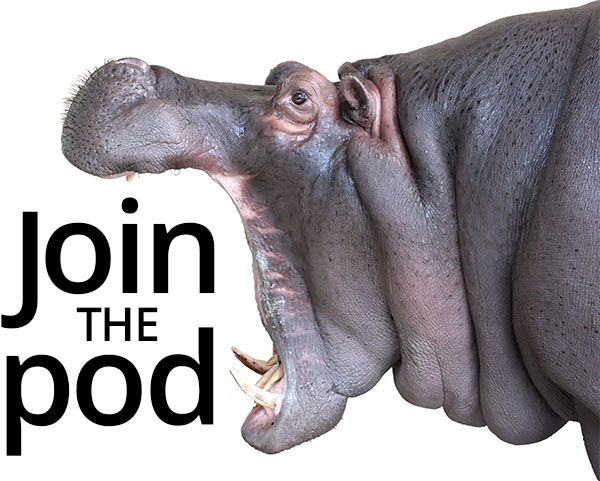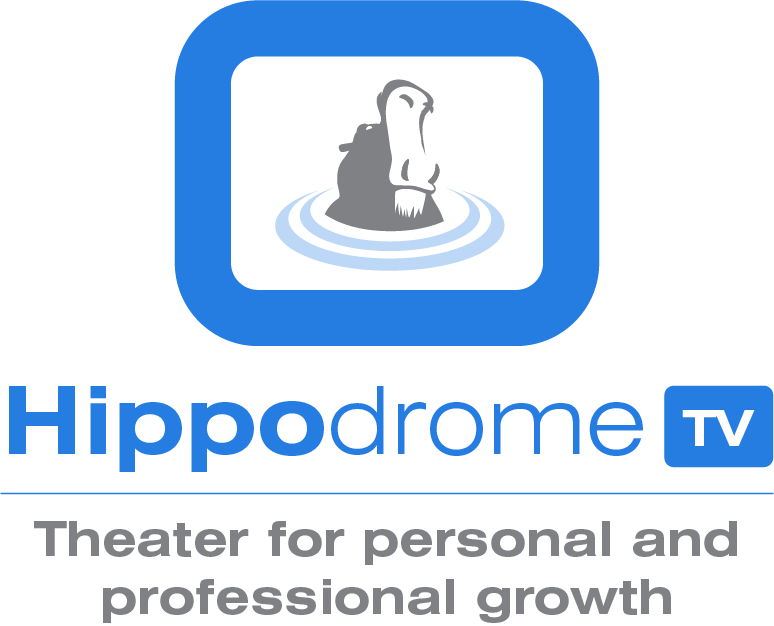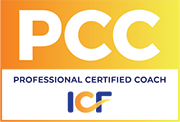Is It So Hard To Be Nice?

As David Byrne once said: “Well, how did I get here?”
In this case, my blog route came via my life insurance company and their client care correspondence best described as “it’s your fault and you should be lucky you have us to tell you so.” Well, not in exactly those words, but pretty close, as my life insurance provider managed to scold me for improperly listing my account number (the last digit of my nine digit account number was off by 3) and then letting me know that “as a courtesy, we applied your payment to the correct policy.” No need to mention that of my two policies, this was the only one renewing for that specific amount. By looking at the next field, they could’ve probably solved the whole thing and thanked me for my business. BUT NO!
Do you remember when your mother said, “if you don’t have something nice to say then don’t say anything”? Sage words Mom. If we only listened to Mom when we grew up. Instead, we are in an age of being addicted to being right. Even in the cold, dark, lonely and impersonal world of the form letter (from the ubiquitous market of personal insurance no less!) do we get the na-na-na-na-boo-boo of “I’m right and well, you’re not.” What is the basis of this? And can we be addicted to being right even when the transgressor is the corporate machine? Well, yes, yes you can.
It starts with the pre-frontal cortex and a cute little hormone called dopamine. Dopamine is sometimes called the “I’m right!” drug. It’s released when we do something right, correct, not always necessarily good, yet still perceived as a win. In the brain, dopamine functions as a neurotransmitter—a chemical released by neurons (nerve cells) to send signals to other nerve cells. The brain includes several distinct dopamine pathways, one of which plays a major role in reward-motivated behavior. There are lots of ways dopamine helps us behave: from attention and motivation to movement and regulation of certain specific body functions. Dopamine isn’t necessarily the bad guy here. It’s ultimately just a chemical in our bodies.
The danger of being right all the time is that we love the feeling of it (cue the dopamine here) to the point that we conduct conversations from a positional perspective. We engage ultimately with our agenda at the front of the line. We are trying to convince you of our position, our belief, our idea. We are, ultimately, persuading you to know what we want you to know.
Even though there is an opportunity at this level to create a win-win scenario for both parties, there is a greater chance that our need to win– to be right — will overcome the needs of the other. The trust we so wantonly crave and need to truly be connected to each other is conditional at this point. But when it is a win-win, the result is a co-creative place to make things happen where we can forge lasting relationships and build long-term loyalty for mutual success.
We have the ability as human beings (and corporations) to really move toward innovation, co-creation and transformation in our relationships. It begins by establishing trust through priming the space that starts by conducting conversations in a safe, positive way to help us relax and feel open to others. It’s about being nice! When we do this we open up that pesky pre-frontal cortex part of the brain where we have access to empathy, judgement and higher decision-making and innovation capabilities. We connect with others (and corporations) more deeply. Being right AND being nice, two very cool things that can go great together, like sellers and buyers, spaghetti and meatballs, trust and transformation. Which brings me to another line from Mom; “Now, that wasn’t so hard, was it?”
Be big. Be cool. Be hippo.
Ready to get started?









